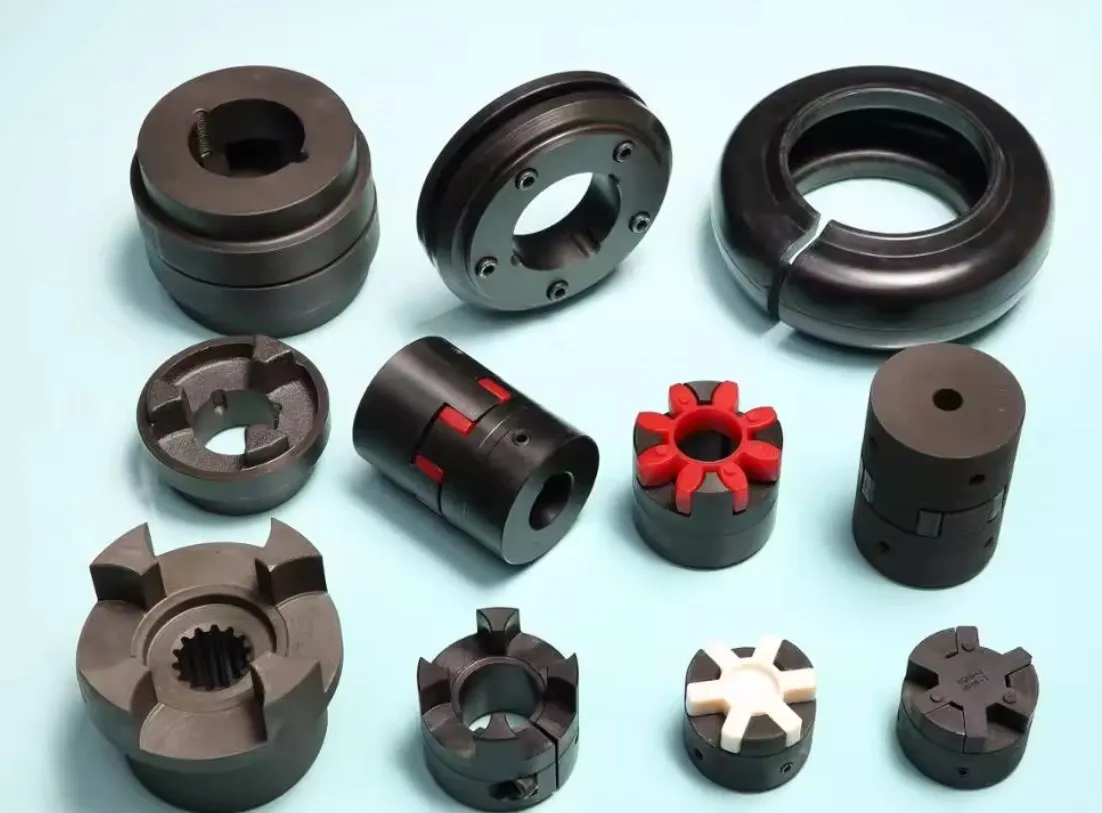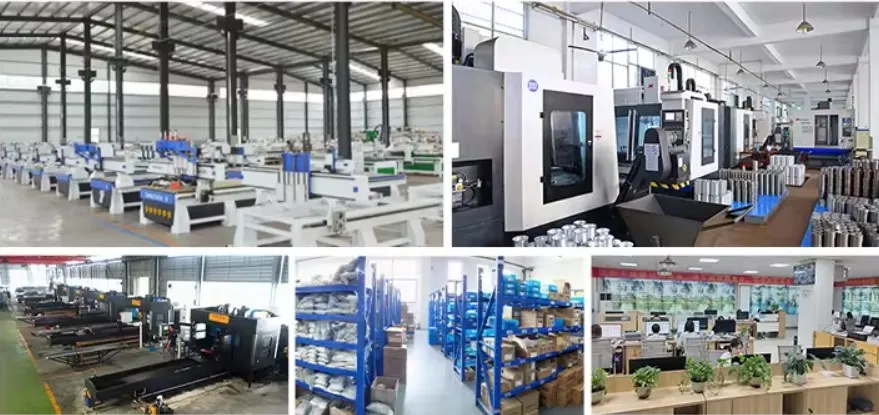Elastomeric Coupling for Fishing Vessels
Introduction to Elastomeric Couplings
Elastomeric couplings are a crucial component in modern fishing vessels, providing a flexible connection between the engine and the propeller shaft. This flexibility helps to absorb vibrations and shocks, leading to smoother and more efficient operation.
Why Elastomeric Couplings are Essential in Marine Applications
In marine environments, durability and reliability are paramount. Elastomeric couplings offer excellent resistance to saltwater corrosion, which makes them an ideal choice for fishing vessels that operate in harsh conditions.
The Structure of Elastomeric Couplings
These couplings consist of an elastomeric element interposed between two metal hubs. The elastomeric element can be made from various materials, including rubber and polyurethane, depending on the application’s specific requirements.
Material Selection for Elastomeric Elements
The choice of elastomeric material affects the coupling’s performance. Natural rubber offers excellent flexibility, while polyurethane provides superior wear resistance. Selecting the appropriate material is critical for optimal performance.
Performance Characteristics of Elastomeric Couplings
Elastomeric couplings are designed to handle misalignments, absorb shocks, and dampen vibrations. These characteristics are particularly beneficial in fishing vessels, where engine vibrations can significantly impact operational efficiency.
Installation and Maintenance
Installation of elastomeric couplings is relatively straightforward, and their maintenance is minimal. Regular inspections are recommended to ensure the coupling remains in good condition, particularly in demanding marine environments.
Comparison with Other Types of Couplings
Compared to rigid and metallic couplings, elastomeric couplings offer superior flexibility and vibration damping capabilities. These advantages make them a preferred choice for dynamic and harsh conditions found in fishing vessel operations.
Case Studies in Marine Applications
Several fishing vessels have successfully implemented elastomeric couplings, leading to improved performance and reduced maintenance costs. These case studies highlight the practical benefits and reliability of elastomeric couplings in real-world scenarios.
Elastomeric Coupling Design Considerations
When designing elastomeric couplings, engineers must consider factors such as torque capacity, misalignment tolerance, and environmental conditions. These considerations ensure the coupling will perform reliably under various operating conditions.
Environmental Impact and Sustainability
Elastomeric couplings are designed with sustainability in mind. The materials used are often recyclable, and their durability reduces the frequency of replacements, contributing to a lower environmental footprint.
Technical Specifications
Elastomeric couplings are available in a range of sizes and configurations. Technical specifications such as maximum torque, operating temperature range, and misalignment tolerance are critical when selecting the appropriate coupling for a specific application.
Advances in Elastomeric Coupling Technology
Recent advancements in material science and manufacturing techniques have led to the development of high-performance elastomeric couplings. These advancements allow for better performance, longer life spans, and greater reliability.
Cost-Benefit Analysis
While elastomeric couplings may have a higher initial cost compared to other types of couplings, their long-term benefits, including reduced maintenance and improved performance, make them a cost-effective solution for fishing vessels.
User Feedback and Testimonials
Many fishing vessel operators have reported positive experiences with elastomeric couplings, noting improvements in vibration reduction, ease of installation, and overall operational efficiency. These testimonials underscore the practical benefits of using elastomeric couplings.
Future Trends in Marine Couplings
The future of marine couplings is likely to see continued innovation, with a focus on materials that offer even greater durability and performance. Emerging technologies and materials will further enhance the reliability and efficiency of elastomeric couplings in marine applications.

What are the benefits of elastomeric couplings?
Elastomeric couplings provide several advantages, including vibration damping, shock absorption, and the ability to accommodate misalignments. These benefits contribute to smoother operation and reduced wear and tear on connected equipment.

How to Select the Right Elastomeric Coupling
Selecting the correct elastomeric coupling for your application involves several key parameters and conditions:
- Torque Requirements: Determine the maximum torque the coupling needs to transmit. This ensures the coupling can handle the operational loads without failure.
- Misalignment Tolerance: Assess the expected misalignment between the connected shafts. Couplings with higher misalignment tolerance can accommodate greater deviations.
- Environmental Conditions: Consider factors such as temperature, humidity, and exposure to chemicals or saltwater. These conditions influence the material choice for the elastomeric element.
- Operational Speed: Evaluate the operating speed of the machinery. High-speed applications may require couplings with specific balancing features to prevent vibration issues.
- Space Constraints: Ensure the coupling fits within the available space. Compact designs might be necessary in applications with limited installation space.

What is one of the advantages of the elastomer coupling?
One of the significant advantages of elastomeric couplings is their ability to dampen vibrations and reduce noise. This feature is particularly beneficial in marine environments, where excessive noise and vibration can impact both equipment performance and crew comfort.
HZPT, located in Hangzhou, Zhejiang Province, is a modern enterprise integrating R&D, learning, production, and foreign trade. We adhere to our core values and business philosophy of “integrity,” fostering unity, progress, and innovation. Our company focuses on the research and innovation of coupling products, with our business spanning Asia, Europe, Africa, and North America, striving to become an internationally influential group.
We specialize in manufacturing various types of couplings, including drum couplings, pin bush couplings, serpentine spring couplings, universal couplings, star couplings, expansion couplings, diaphragm couplings, and tire couplings. Our comprehensive, scientific quality management system and dedicated R&D and testing departments are certified with CQC, ISO, and CE certifications.
We can provide excellent sales services and technical support to our customers. Working with over a hundred cooperative enterprises, we uphold a “people-oriented, customer-first” business philosophy, cooperating sincerely with clients for mutual development.
We professionally produce and sell elastomeric couplings. Here are five advantages of our products and company:

- High-Quality Materials: Our elastomeric couplings are manufactured from premium materials, ensuring durability, reliability, and long service life.
- Innovative Design: We utilize advanced design techniques to enhance the performance and efficiency of our couplings, making them ideal for demanding applications.
- Extensive Product Range: With a wide variety of coupling types and sizes, we can meet the diverse needs of our customers, providing solutions for various industrial applications.
- Global Reach: Our extensive distribution network allows us to serve customers worldwide, ensuring timely delivery and excellent after-sales support.
- Certified Quality Assurance: Our products are rigorously tested and certified to meet international standards, giving our customers confidence in their performance and reliability.